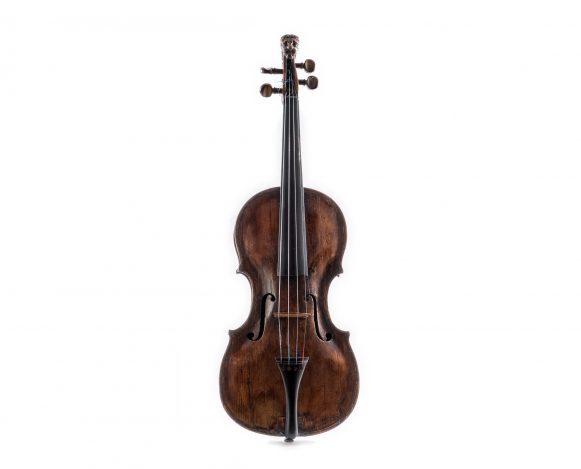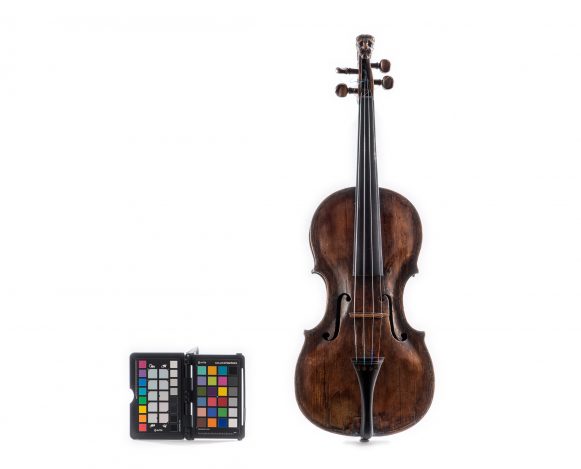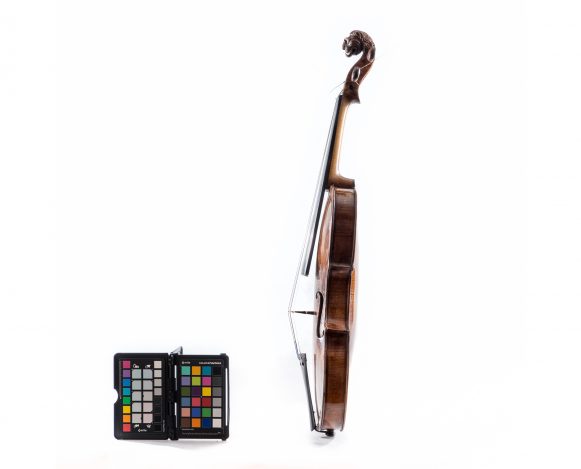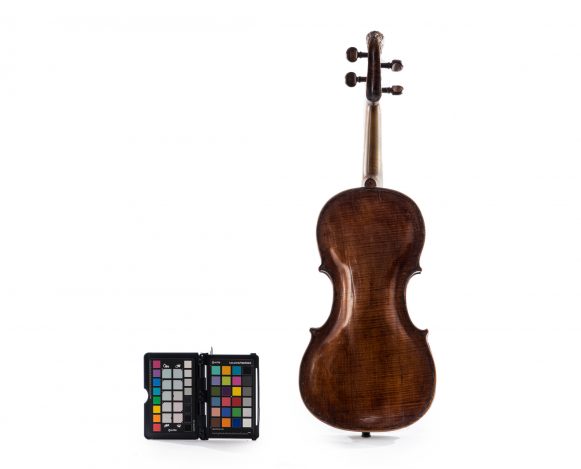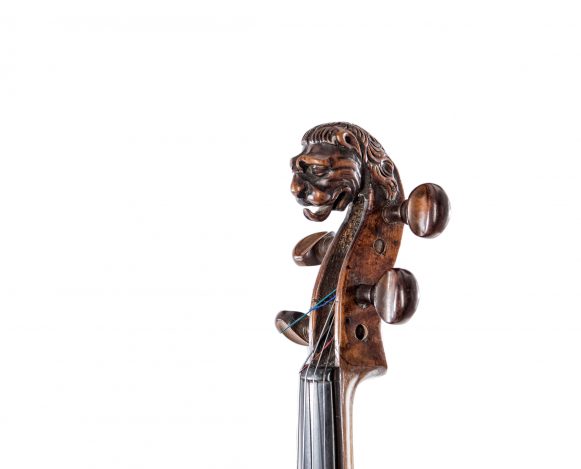The violin is the soprano member of the bow chordophones’ family, which include the viola and the cello. The instrument has a great sustained sound capacity and a great expression and intensity spectrum. The violin’s sonority is usually obtained by the smooth sliding of the bow over the strings; the vibrations are transmitted through the bridge to the soundboard, and through the soul for the bottom. The four strings violin, which was already known in 1550, was preceded by a three strings violin. The latter was a cross between the rebec, the Renaissance rabeca and the lira de braccio (developed form of rabeca). On the 16th century, the Italian school of violin makers dawned (Andrea Amati in Cremona, Gasparo de Saló in Brescia), making adaptations and improvements on the instrument. These modifications were important so that the violin’s structure could enable musicians to play the works of composers of the 17th century, who were more exigent, particularly regarding operas, sonatas and concerts. On the 19th century, orchestras and concert rooms demanded more of the instrument’s sound potential, and the luthiers from this period have improved the instrument’s manufacturing techniques even more. In 1800, the violin’s shape and technique had already been standardized, despite the fact that the chinrest was invented and added around 1820, by Spohr. But this was considered a modification of minor importance. In contemporaneity, the violin suffers some more adaptations: internal reinforcement, more elevated bridge, neck in a sharpest angle in relation to the body (to allow more tension on the strings), longer fingerboard (to reach higher notes). The present violin’s repertoire is large: sonatas, chamber music, concerts, light music, pieces seeking to show a high technical level, amongst other. Besides, like other bow chordophones, the violin can presently be electronically amplified, and in this case, it contains a hollow structure, coming in different shapes.
